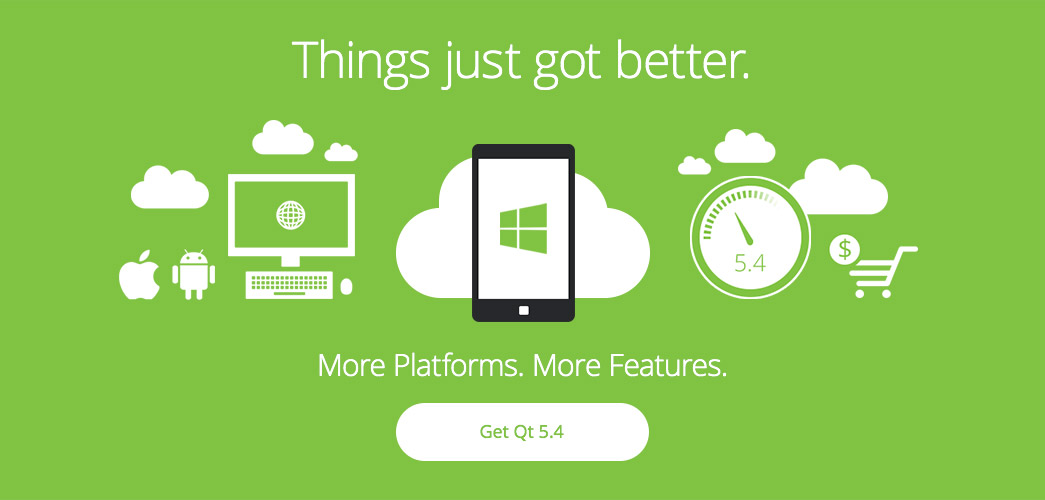

However, after the outbreak of the COVID-19, large-scale schools suddenly closed and transferred to online teaching. Therefore, moderate face-to-face teaching has always been a basic method to improve the effect of distance learning ( Flanagan et al., 2000). The development of distance online education shows that students’ online learning is prone to emotional loneliness, learning burnout, and a high drop-out rate ( Kwon et al., 2010).
Cross loading in smartpls 3 Offline#
Compared with the traditional classroom face-to-face teaching, more and more schools organize and carry out teaching in Online Merging Offline (OMO) mode ( Huang et al., 2021), and students have gradually shifted from classroom learning to the mixed mode of offline and online learning.

The COVID-19 has brought about great changes to education. According to these findings, the paper provides theoretical and practical implementation suggestions implications for OMO teaching and OAL to ensure the expected learning outcome. Using SmartPLS to analyze partial least squares structural equation modeling (PLS-SEM) and MGA, it is found that: (1) there are differences in the influencing factors of active learning between OMO and pure online model the moderating effect of learning complaint in OMO mode is not established, and social isolation and age does not affect active learning in OMO mode (2) learning quality, perceived ease of use, expectation, perceived usefulness, and social isolation indirectly affect active learning through learning satisfaction in both OMO model and pure online model (3) learning satisfaction is an important mediating variable affecting active learning and (4) learning complaints will negatively regulate the relationship between learning satisfaction and active learning only in pure online model. The designed questionnaire was distributed, and a total of 498 valid questionnaires were collected. Combined with learning satisfaction and Technology Acceptance Model (TAM), this paper proposes an Online Active Learning (OAL) Model to predict the influencing factors of college students’ active learning behavior and then analyzes the differences between OMO model and pure online model by multi-group analysis (MGA) based on the model. However, at present, there are few studies in active learning behavior in the OMO mode. In post-COVID-19 period, Online Merging Offline (OMO) method become a common way of university students’ learning. Students’ active learning behavior determines learning performance.

4Jing Hengyi School of Education, Hangzhou Normal University, Hangzhou, China.3Smart Learning Institute, Beijing Normal University, Beijing, China.2School of Logistics and E-Commerce, Zhejiang Wanli University, Ningbo, China.1School of Marxism, Hangzhou Normal University, Hangzhou, China.Huiju Yu 1, Shaofeng Wang 2,3, Jiaping Li 4, Gaojun Shi 4 and Junfeng Yang 4 *


 0 kommentar(er)
0 kommentar(er)
